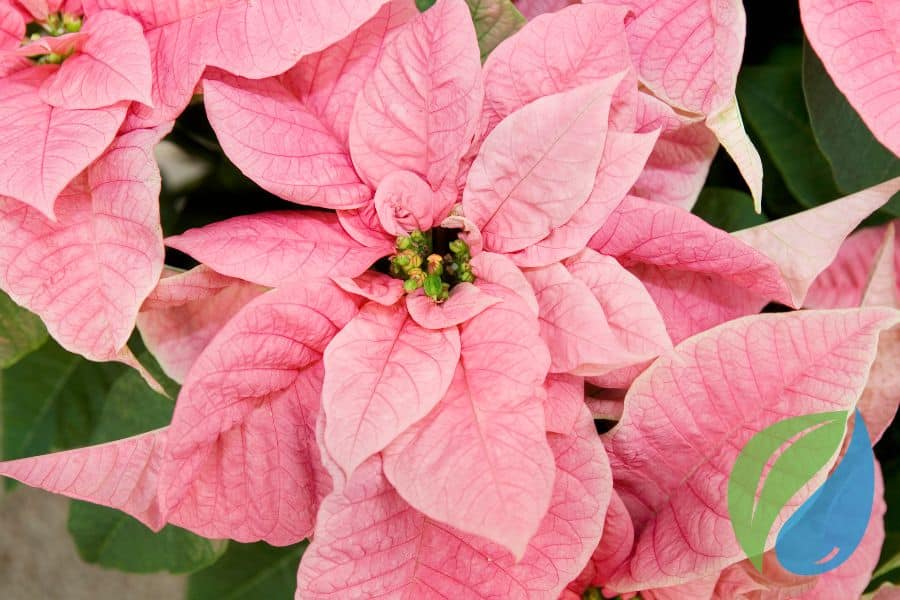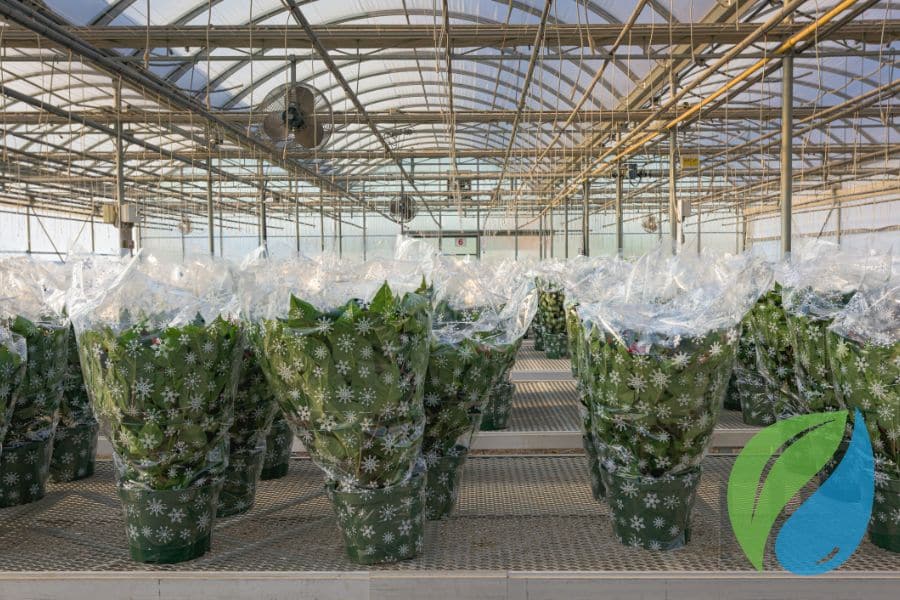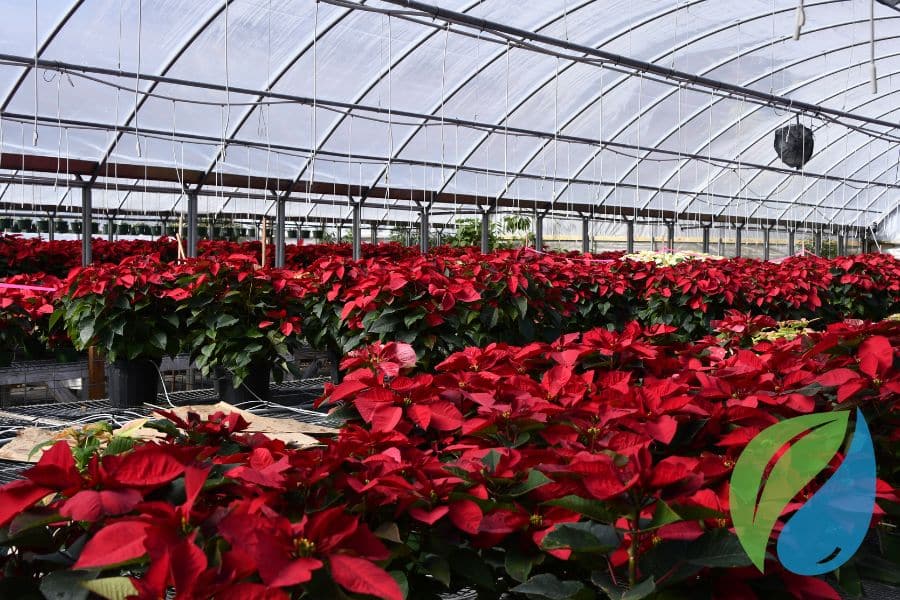Manganese is a micronutrient that is essential for plant growth and development. It plays a key role in various physiological processes, such as photosynthesis, nitrogen metabolism, antioxidant synthesis, and defense against pathogens. Manganese also influences the availability and uptake of other nutrients, such as iron, zinc, copper, and calcium.
However, manganese availability in your potting medium depends on several factors, such as pH, organic matter, moisture, temperature, and interactions with other elements. Manganese deficiency or toxicity occurs in some plants, but not all, and affects their quality.
Manganese and Plant Health
Manganese in your potting medium exists in different forms and oxidation states. Only the reduced form (Mn++) is readily absorbed by plants. The following factors determine the availability of Mn++ in your potting medium:
- pH: Manganese solubility decreases as pH increases. Therefore, manganese deficiency is more likely to occur in potting mediums where the pH is greater than 7. Manganese deficiency symptoms include young leaves’ interveinal chlorosis (yellowing between the veins) and reduced growth.
- Organic matter: Organic matter can affect manganese availability in two ways. On one hand, organic matter can chelate manganese and make it more soluble and available for plants. On the other hand, organic matter can also compete with plants for manganese uptake, or immobilize manganese by forming insoluble complexes.
- Moisture and temperature: Moisture and temperature can influence manganese availability by affecting microbial activity, root growth, and plant metabolism. Too dry, and manganese availability is reduced. Too cold and wet, and manganese deficiency can occur. On the other hand, waterlogged potting medium can increase manganese availability. This can lead to manganese toxicity, characterized by dark brown spots or necrotic lesions on older leaves, and stunted growth. (1)
Manganese and Other Nutrients
Manganese interacts with other micro and macronutrients in plants, either synergistically or antagonistically. Some of the main interactions are:
- Iron: Manganese and iron have similar functions and uptake mechanisms in plants, and they can compete for the same transporters in roots. Therefore, high levels of manganese can inhibit iron uptake and induce iron deficiency, which is also manifested by interveinal chlorosis of young leaves. Conversely, high levels of iron can inhibit manganese uptake and induce manganese deficiency.
- Zinc: Manganese and zinc are both involved in enzyme activation and protein synthesis in plants, and they can enhance each other’s effects. However, excessive amounts of either nutrient can interfere with the other’s absorption and metabolism. For example, high levels of manganese can reduce zinc uptake and translocation, and vice versa.
- Copper: Manganese and copper are both involved in antioxidant defense and lignin biosynthesis in plants, and they can have positive or negative interactions depending on the plant and conditions in your greenhouse or nursery. For example, in wheat, manganese can increase copper uptake and utilization, and improve resistance to fungal diseases.
- Calcium: Manganese and calcium have opposite effects on cell wall structure and plant stability. Manganese promotes the synthesis of pectin, which is a component of the primary cell wall that provides flexibility and elasticity. Calcium cross-links pectin molecules and forms calcium pectate, which is a component of the middle lamella that provides rigidity and adhesion. Both nutrients are required for optimal cell wall function and integrity. However, high levels of either nutrient can impair the other’s role and affect cell wall properties. For example, high levels of manganese can reduce calcium uptake and deposition, and cause cell wall loosening and plasmolysis.
Balance Nutrients for Optimum Plant Growth
Manganese is a vital micronutrient for plant growth and development. But you can have too little or too much of a good thing.
Optimum plant growth is influenced by numerous factors, such as soil pH, organic matter, moisture, temperature, and interactions with other nutrients. It’s important to monitor manganese levels to avoid manganese deficiency or toxicity and to optimize plant health.
Want to learn more about how you can protect your plants, improve their quality, and increase your profits? Read our blog for more essential information.
References




